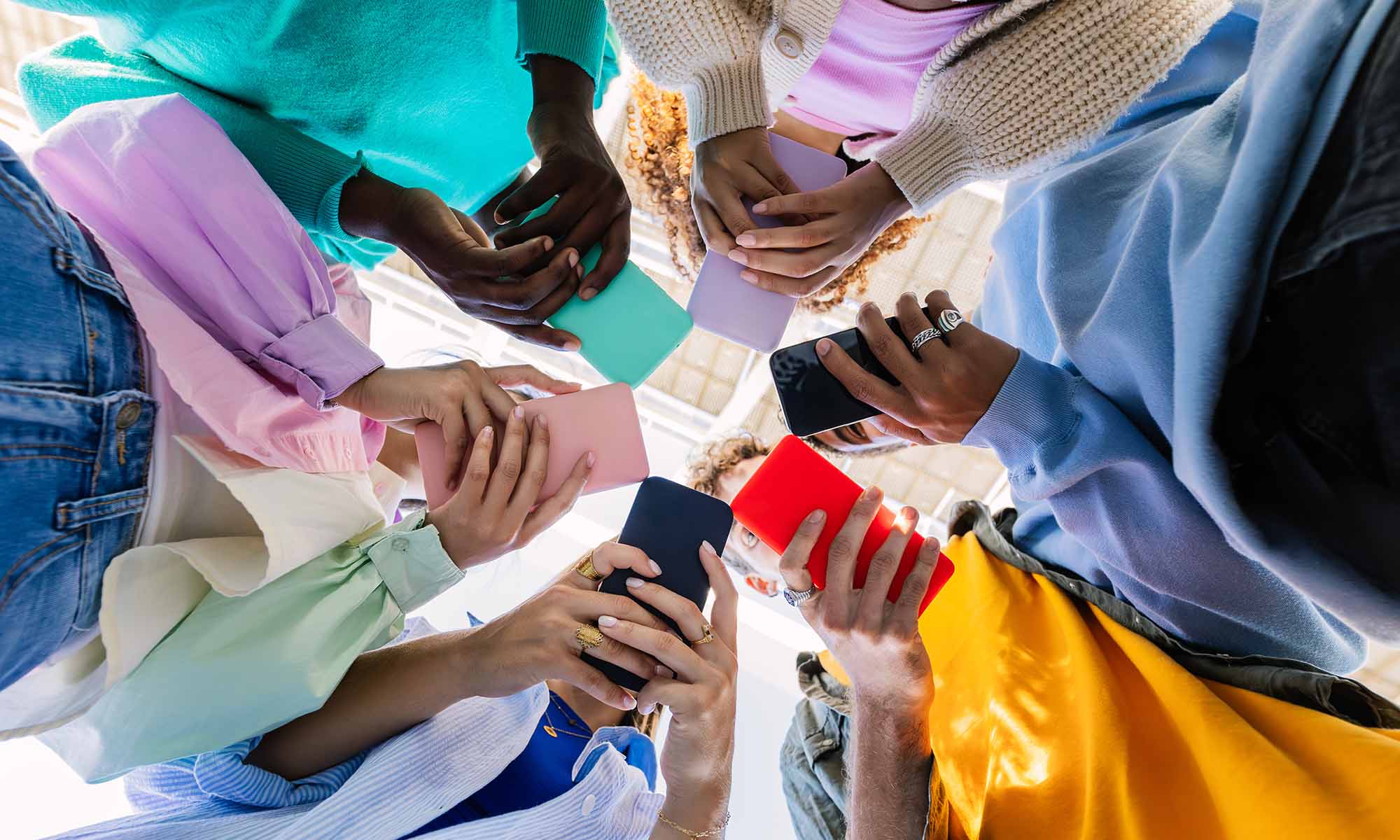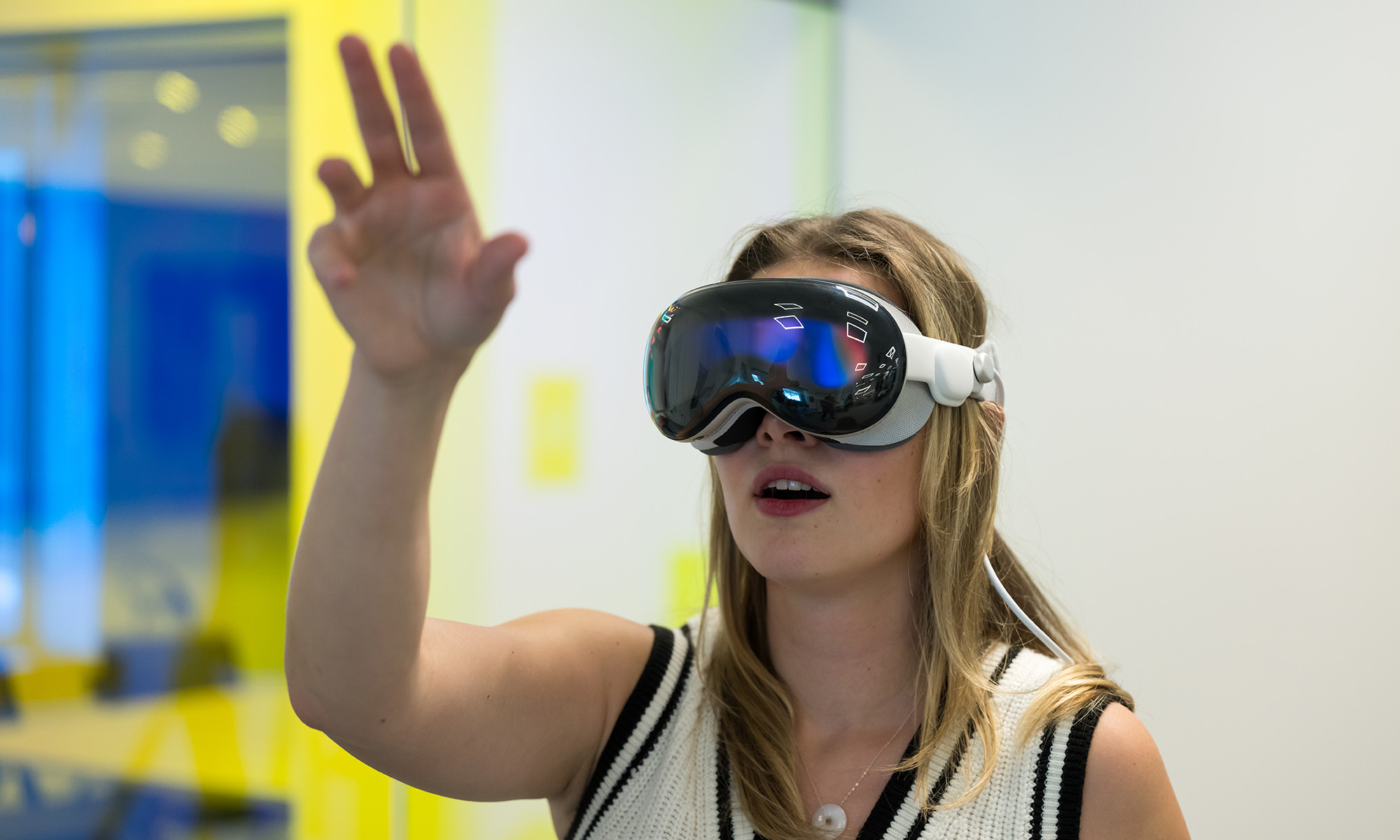
Science & Technology
Barry Silverstein ’84 to help lead the future of AR/VR at URochester
The former senior director and chief technology officer of optics and display in Meta’s Reality Labs will direct the Center for Extended Reality.












